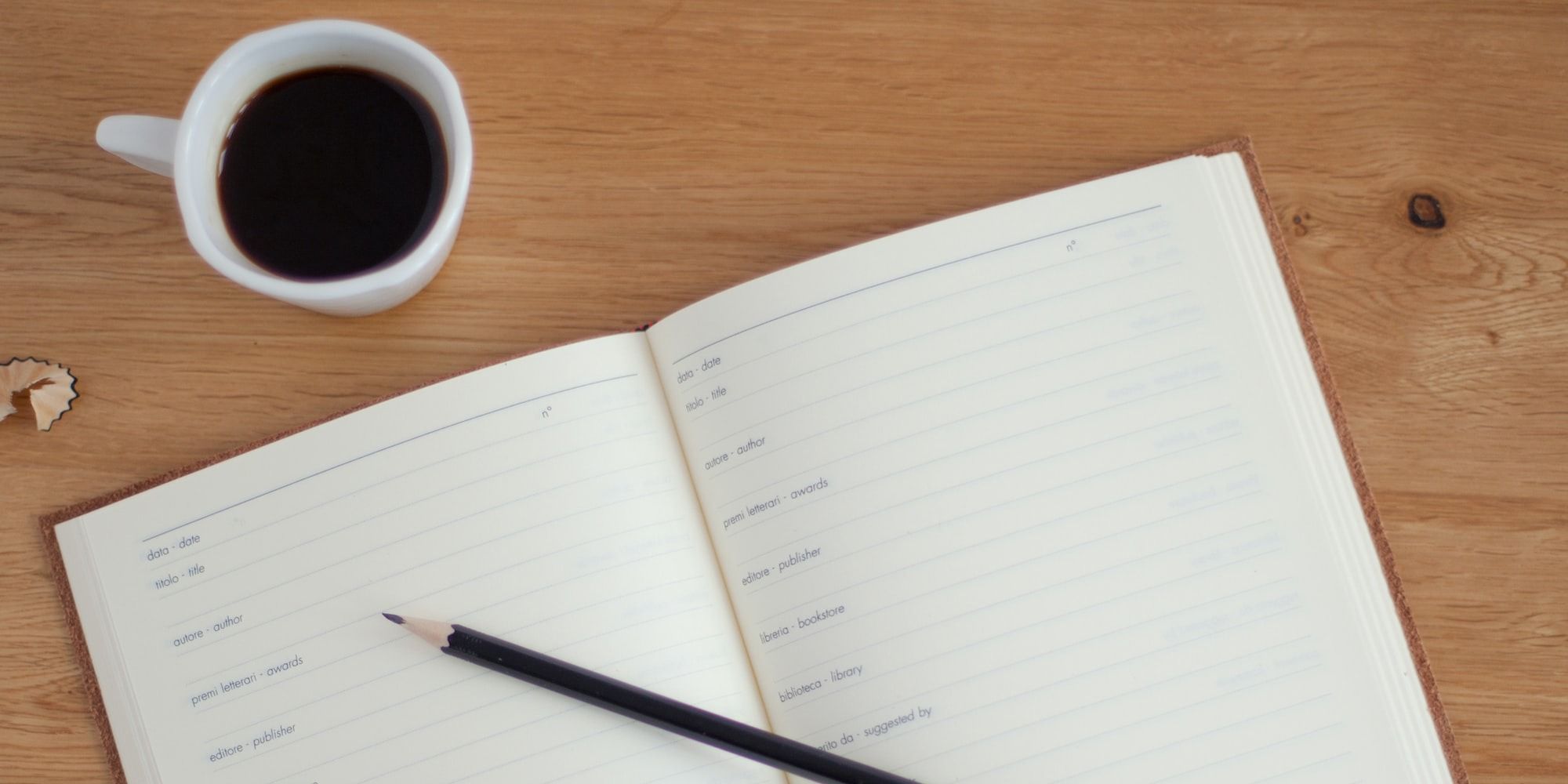How I Plan My Day
Recently, I started adopting a new habit. First thing in the morning, as soon as I get to “work mode”, either at home or in the office, I spend a few minutes planning my day. It is a new habit that I learned recently and has helped me in helping me get through my day.
Why
Oftentimes, at work, I am either very productive or not productive at all. The feeling is usually related to how much I get done in a given day or week. It is not bad, but I often feel bad when I am not productive. I took a moment to reflect, reflecting on the productive feeling. Does it have any direct relationship to the impact I deliver in my workplace? A lot of the time, it’s not. Feeling productive does not mean I do the most impactful thing I can. Feeling unproductive does not mean I don't contribute to work. That made me realize, I should think about the outcomes instead of the feeling. I need to make sure I work on the most important areas I could do.
How
Weekly Goals
Every Sunday, I start my week by reviewing what I completed the week before and setting my goal for the upcoming week. This is the guardrail I set for myself and contains the most important thing I should focus on that week. By completing these weekly goals, I am confident that I am completing the highest impact work I can.

Daily Planning
Every day, I start the day (around 9 am) by looking at my weekly goals and calendar for the day. There are a few categories of events:
- Meetings that are important and aligned with my weekly goals. I rank these and mark them as aligned with my goal list.
- Meetings that are not aligned with my weekly goals. This is usually 1-on-1s, regular meetings, etc. If I can delegate the meetings, I would do that, otherwise, I keep them. My calendar is already blocked with this, so no actions are necessary.
- Meetings that are not urgent or important. A lot of times, these types of meetings can be an email. I decline them and clear my calendars, and send a message to the organizer.
After establishing a time in the day that is not fluid, I schedule my work around those times. I then schedule my deep work. Writing documents, preparing slides, thinking about technical problems – put them in the calendar. I use the time-boxing method for this. First, I estimate how much time I would need to make meaningful progress or complete the task. Then, I schedule the work in the calendar.
After I put everything I plan to do for the day, my day is set. Usually, this process takes about 5 minutes. It becomes a rhythm after I have everything set up and going. The final part is to make sure I only put in a reasonable amount of work for the day - usually in the 7-8 hours. It can be tempting to put as much as I can into the day. But, I learned over time that it’s better to complete a small list than have a big list rollover day after day.
Benefits for me
I have been doing this process for over 10 weeks now, and it has been working well for me. I can focus on the most important tasks. I still feel productive even when I complete fewer things than I usually do. Every day I continue to improve the daily and weekly planning process.
How about you, how do you plan your day?

